Scott Constable: The Transition to the Game World from Public Art and Inventing Interactive Site-Responsive Sculptures
by Scott Constable | 11 Dec 2023
Industry Commentary, Op-Ed


I am somewhat new to game design and just attended my first CHITAG/POP pitch event. I’m entering the world of games and toys from a career as an artist working mostly in the public realm, making site-specific, site-responsive, permanent and temporary projects in cities across the US for over twenty years (www.thewowhaus.com). So, I have loads of experience inventing within strict parameters and making pitches in competitive environments, and am tempered by rejection as much as I am fueled by success as an artist working in the public realm.
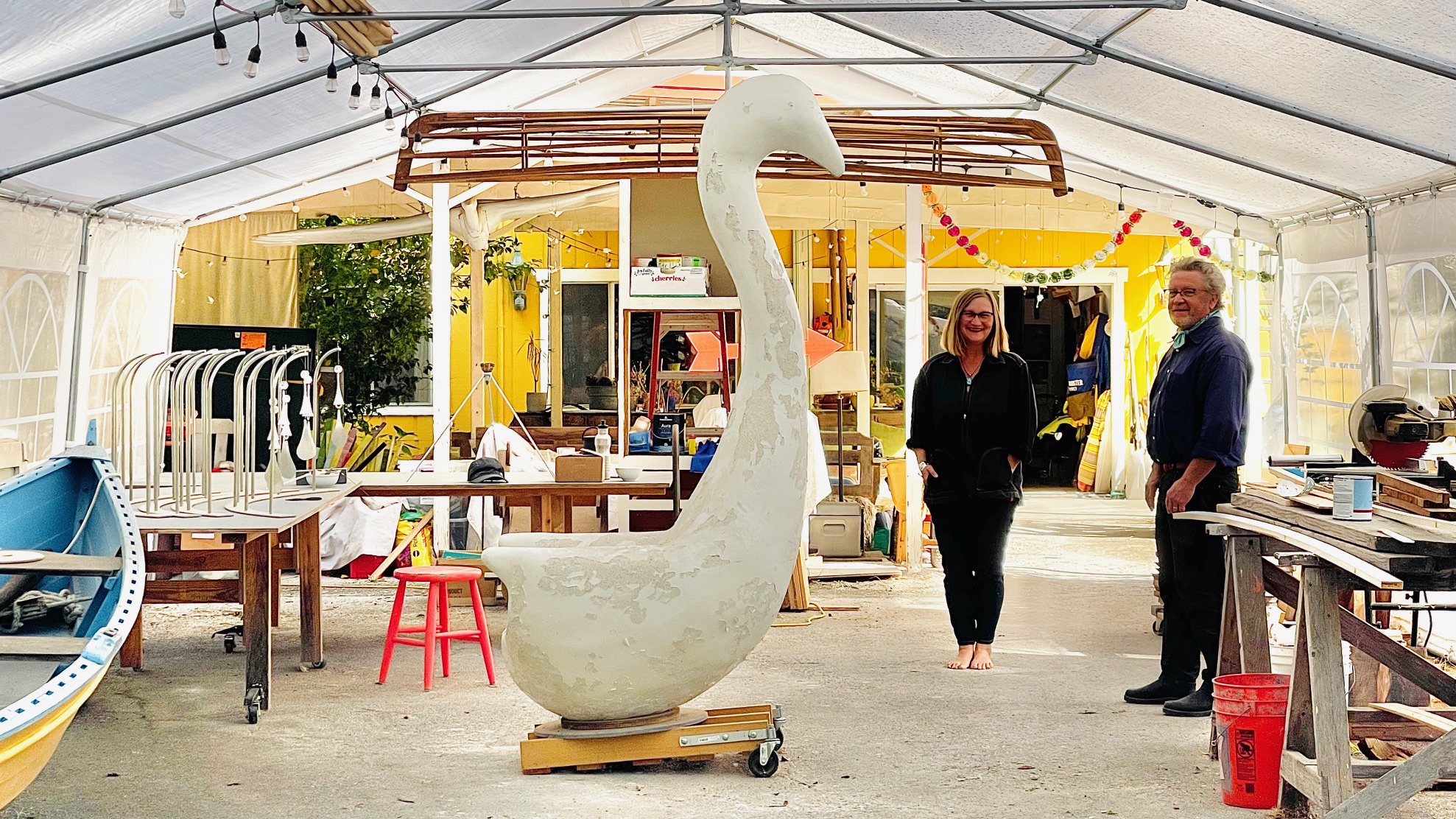
I began inventing games during the lockdown in the early stages of the pandemic. I also wrote and illustrated a children’s picture book that had been floating around in my head for years (I’m still looking into publishing options). Our work in public art mostly dried up during the pandemic and I found myself with spare time on my hands for the first time in my adult life. I have always enjoyed having creative challenges and complex problems to solve, but rarely had the opportunity to generate my own assignments. I’ve also always loved how games bring people together in convivial ways, sometimes in collaboration and sometimes in competition, but always leading to conversation and positive interaction, much like how our public art projects function. I’ve always especially loved strategy games and realize how they have taught me about complex problem solving and have informed my approach to design in general. I decided to try my hand at inventing abstract strategy games and began to think of the tabletop as a new kind of ‘public space’. I would adapt the skills I have developed inventing large scale interactive sculptures to a small scale, portable medium.
Over the next few years I invented and developed three games into working prototypes and outlined several other game concepts for future development. I have a tile-based numbers/math game, a set-making card game, and an abstract strategy board game that could be played multiple ways, more like a game system. I made several iterations of prototypes for all three and play tested extensively. I wanted each game to be family-friendly and accessible to children, but not to be exclusively for children. I also wanted the games to be educational in different ways but to still be interesting to play once the ‘lessons’ were learned.
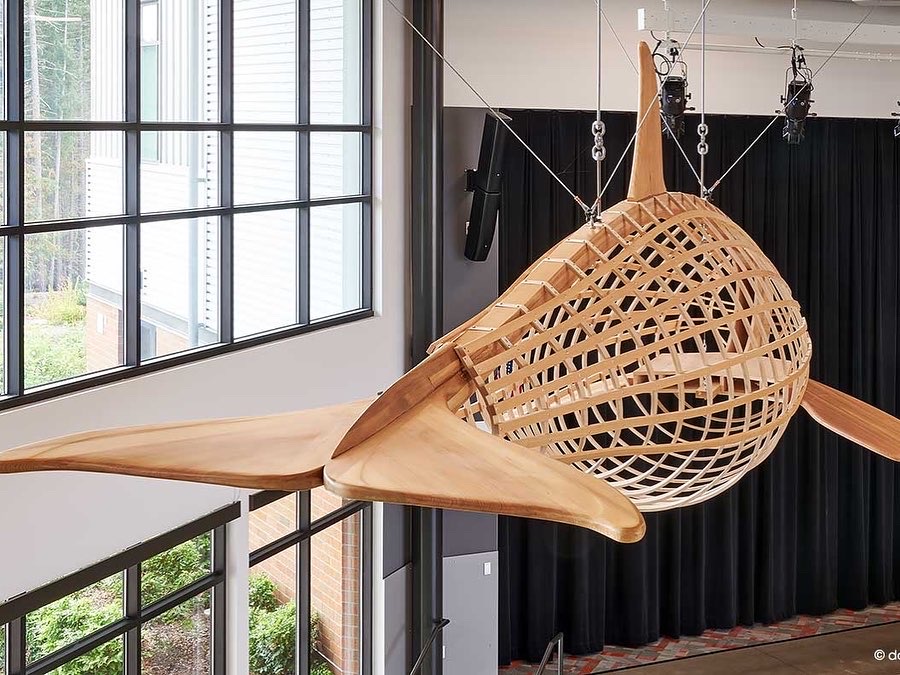
During the tail end of the pandemic I was lucky to meet Barry McLaughlin (of Barry and Jason Entertainment fame) through mutual friends and we struck up a friendship. I had never met a professional game designer and was very impressed with his games and his infectious positivity and encouraging attitude. He helped me test my games before I made the final batch of prototypes and encouraged me to attend the CHITAG/POP pitch, and even made a personal introduction to Mary Couzin. Barry had personally toured my studio and website so was aware of my capabilities and accomplishments.
I felt well prepared to pitch my games and tried to meet with companies with a compatible product line. I learned that these tended to be small to mid-size companies who focus on educational or puzzle-oriented markets and old school family-oriented games in general. I was mostly interested in finding a niche and developing a long-term relationship with a like-minded company, similar to how I work with fabricators, engineers and arts administrators in my art practice. I have many more ideas for games and toys to develop and would love to have a marketing team to collaborate with in the future. I was also open to advice and critique of my games, so expressed this before making my pitch, and was excited to learn more about how the whole toy/game world operates, where i do/do not fit in, and how to modify my games by making them more broadly appealing. I was lucky to have sparked the interest of three different companies for my games and followed up with them all post-conference.
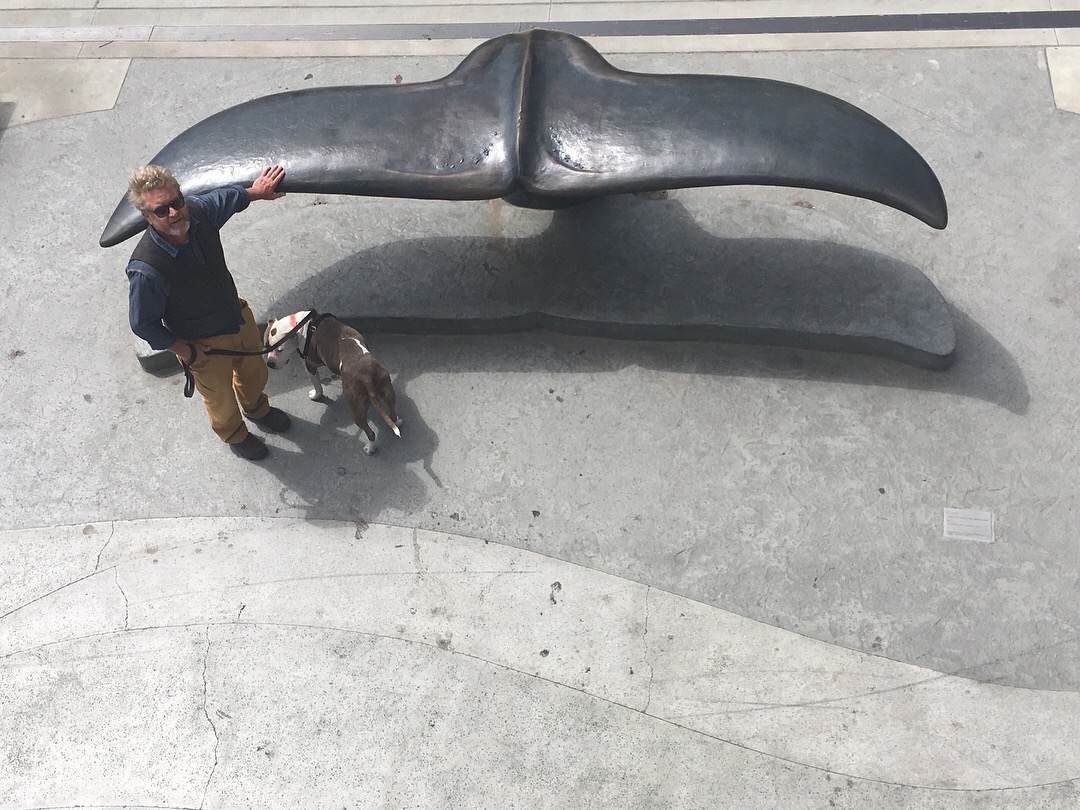
I learned a ton while pitching at POP and found it interesting that people tended to offer similar advice while reviewing my games. The advice centered on the idea that my games lack a ‘hook’ or a narrative device. This was intentional on my behalf, as I have been trying to invent timeless games with universal appeal, like backgammon, poker, scrabble or go, to name a few. But it was explained that games like these are so engrained in peoples’ consciousness that they need no explanation or hook, while mine would be potentially confusing or unfamiliar seeming on the shelf, so might be difficult to sell and would present a risk for any company to license. I learned that a new game really needs to pop in retail, especially with sales down and shelf space dwindling and high service mom-and-pop toy stores going out of business. Relatedly, I learned that games should not require any pre-existing knowledge to play, that everything you need to know to play has to be within the game itself. I found it encouraging that despite these perceived shortcomings, people were impressed with my prototypes and thought they could be easily adapted to meet certain market trends to reach a broader audience and have broader appeal for potential licensing agreements. I already have ideas for how to do this.
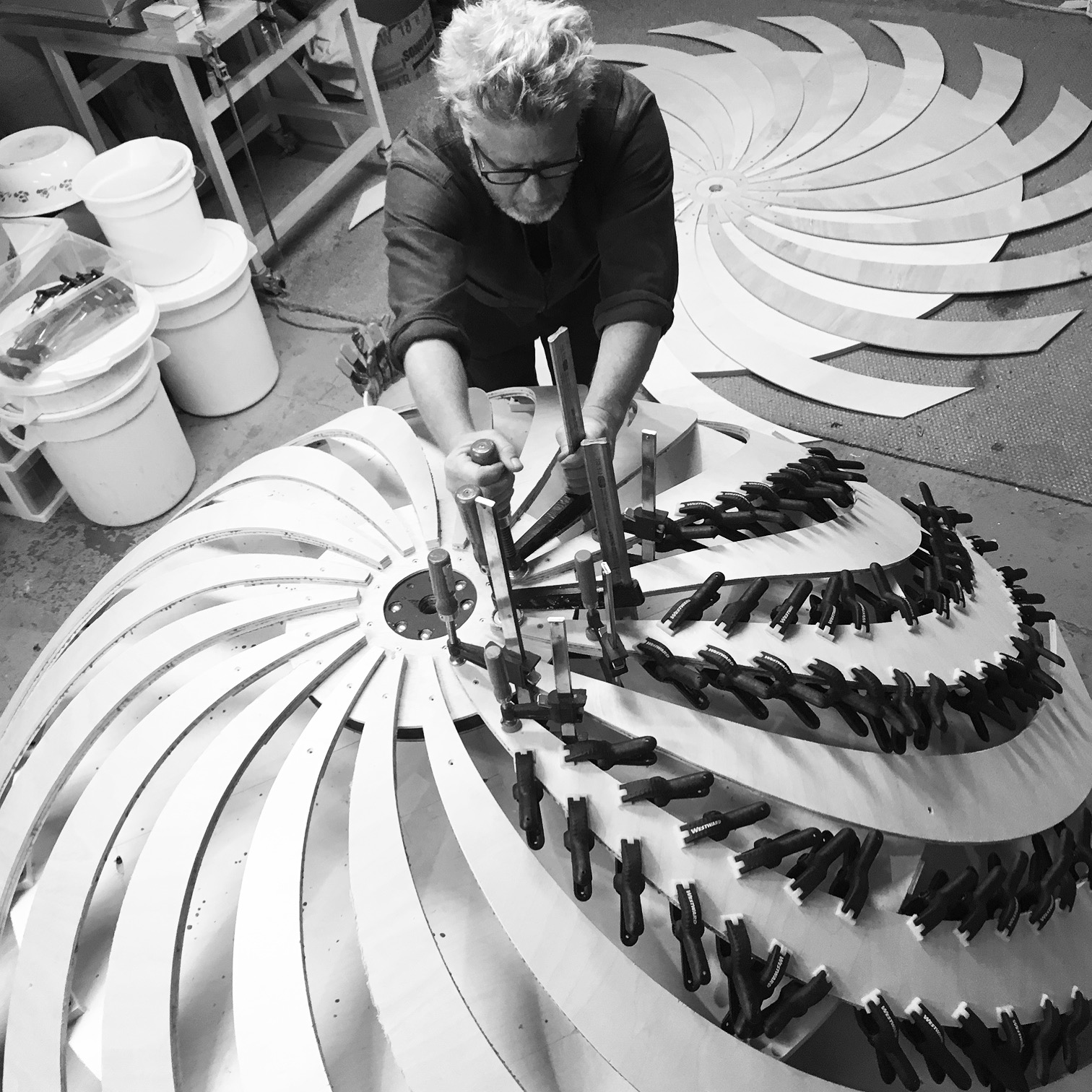
I had a blast at POP and felt immediately welcomed into the community. I was impressed by the enthusiasm, generosity and positivity that permeated every exchange and event, and the level of mutual support and healthy competition. I met many interesting people, made some great business connections and a few new friends. I’m inspired to continue exploring this new world and feel encouraged to keep inventing games. My art practice is back up and running full speed, with active projects in Nashville, San Francisco, and Burlington. These projects have me experimenting with new ways to work in cast bronze and quarried stone, using cutting edge technologies to make very durable, evocative, interactive public sculptures. The process limbers up my brain and is good training for thinking about games and kinetic toys. I feel like I’ve discovered a feedback loop of creativity.
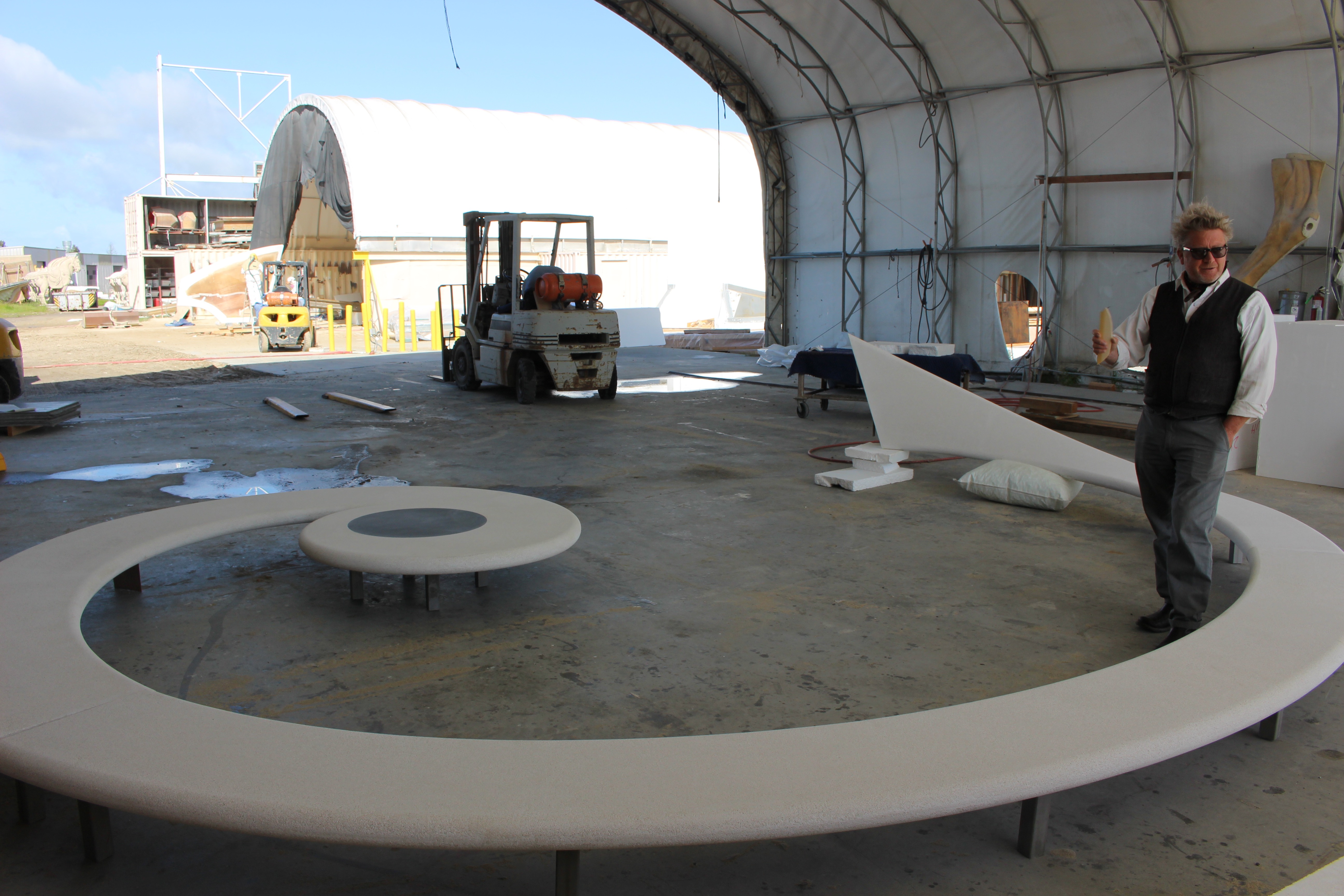
Related Product
Recent Blogs
Recent Blogs

General
McHALE DESIGN CASE STUDY: MONSTERVERSE- THE LEGEND CONTINUES…

General
Build-A-Bear Celebrates National Teddy Bear Day with Donation to The Toy Foundation™

Industry Commentary, Op-Ed
Toy Foundation Auction is Now Open for Your Bids

Industry Commentary, Op-Ed
Bracelets, Stickers, and Viral Fame: The Story Behind Sky Castle Toys’ Sticki Rolls

Biographies and Interviews
Chrissy Fagerholt: Luck is when Preparation Meets Opportunity!
See more
Recent Wiki

BOOK REVIEWS
Book Review: Storm: Dawn of a Goddess by Tiffany D. Jackson

BOOK REVIEWS
Book Review: Erno Rubik and his Magic Cube by Kerry Aradhya

BOOK REVIEWS
Game Review: Trip Chaser

COMPANIES
Learning Express Toys Hosts 25th Annual Convention & Toy Expo at JW Marriott Tucson

MISCELLANEOUS
Submit Your LA Showroom Details for 2025 Toy Previews
See more
POP's Got Talent

POP Entertainment
Randy Klimpert Shares his Ukulele Collection

POP Entertainment
Steve Casino Peanut Art

POP Entertainment
Everyone's Talking about POP!

POP Entertainment
Princess Etch - a Multi-Talented Etch A Sketch Artist

POP Entertainment
Joseph Herscher of Joseph' s Machines.
See more
Recent POPcast

Hidden Role: The Brains Behind your Favorite Games
Connie Vogelmann designed Apiary & Wyrmspan!

Hidden Role: The Brains Behind your Favorite Games
Bob Fuhrer... Is THE Crocodile Dentist!

Hidden Role: The Brains Behind your Favorite Games
Tom Dusenberry... Bought Atari, Wizards of the Coast, and Avalon Hill!

Hidden Role: The Brains Behind your Favorite Games
Matt Leacock created Pandemic... the game!

Hidden Role: The Brains Behind your Favorite Games
Scott Brown and Tim Swindle... are Launching a New Sport!
See more
POPDuos

POPDuos: Interviews with Legends and Leaders
POPDuo: Richard Dickson, Mattel’s President & COO, and Kedar Narayan, Young Inventor Challenge AMB

POPDuos: Interviews with Legends and Leaders
POPDuo: Will Shortz and Josh Wardle

POPDuos: Legends and Leaders Explore Creativity
POP Duo: Elan Lee, Co-Founder, Exploding Kittens.and Jeff Probst, Host and Exec Producer, Survivor

POPDuos: Legends and Leaders Explore Creativity
POP Duo: David Fuhrer, MNG Director, Blue Sq Innovations & Shawn Green, past Dodgers & Mets MLB Star

POPDuos: Legends and Leaders Explore Creativity
POP Duo: Bob Fuhrer, Founder, Nextoy and Tom Fazio, Golf Course Designer
See more














